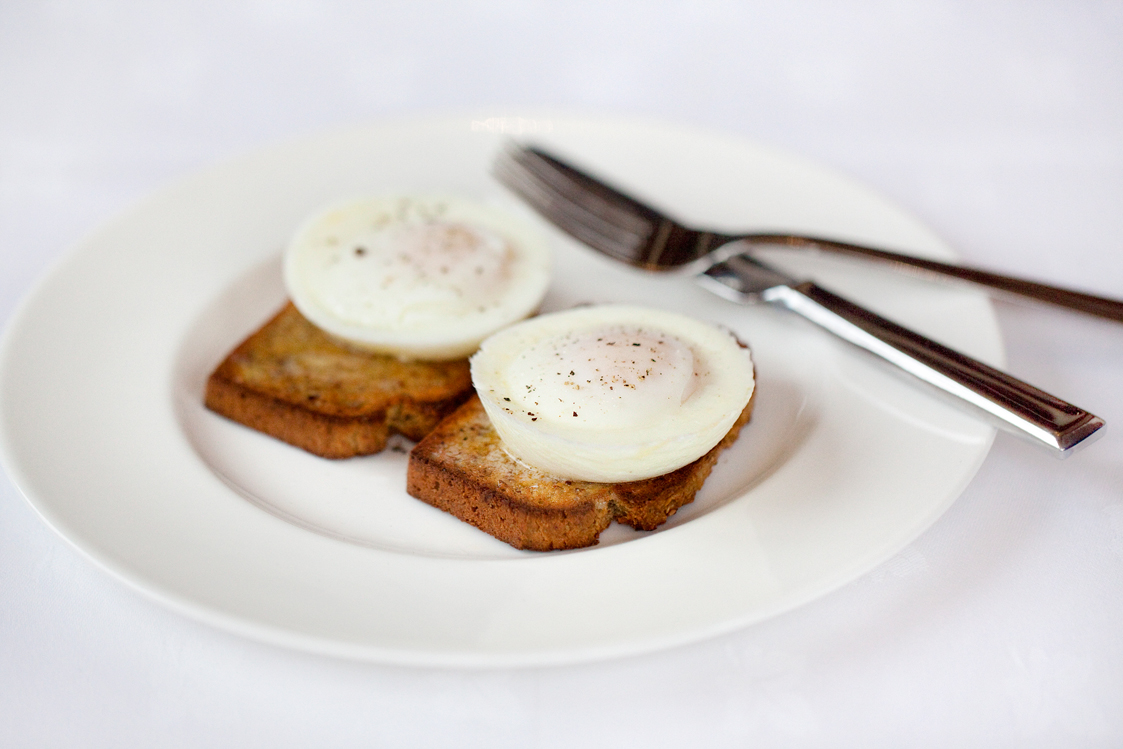I think I was lucky to have lived my teenage years in the swinging sixties. For me, it was a most exciting ‘happening’ time to be alive. Everything was in a state flux and turmoil. Fashion - forget the mini skirt - Sarah listened in disbelief the other day when I told her that topless dresses went mainstream! Music - ‘Love Me Do’ took the world (and me), by storm. The pill (Yipee!), women’s liberation (what the heck happened to that as a concept?) and not least, the sexual revolution.
It all just freaked my poor dad out, and there were several times when he threatened to make me a Ward of Court! Actually, I was a rebel, but in a good cause! We both survived the tsunami-style disruption and I quickly gained my freedom and learned to stand on my own two feet. To my credit (or perhaps my Dad’s), I was never promiscuous or took drugs.
Other fond memories of the 1960s are mainly food related. Back then, asking friends around for dinner was the norm and almost every Saturday night I was hosting a dinner party. Served alongside a Steak Diane, Beef Wellington, Duck a l’Orange or Coq au Vin, the Prawn Cocktail and a bottle of Mateus Rosé somehow epitomised the dizzy pink heights of our culinary sophistication!
It’s good to reminisce and, since I am so reminded, I thought that I would revive the ubiquitous prawn cocktail as a classic retro introduction to last Sunday’s lunch. It was Gary Rhodes that said “In my opinion, delicious food is created when you get the very best ingredients you can find and do as little to them as possible” No more is this so than when you’re trying to locate decent-tasting prawns - is it only me that thinks farmed Asian king prawns taste of absolutely nothing?
But, besides flavour, there are even more important considerations - facts that will (or should) make you sit up and take notice. Please take the time to read the article The VERY Unsavoury Truth About Prawn Cocktail (yuk!) and watch Revealed: Asian Slave Labour Producing Prawns for Supermarkets in US, UK. Then decide…
As with today’s food industry in general, ethically and sustainably sourced prawns are increasingly difficult to come by. And unfortunately, that means my ‘Is it okay to eat?’ list seems to be being shrinking by the day! Whilst this is one more good cause to carry around inside my head (visit Environmental Justice Foundation), how much more ‘diddle, swindle and plunder’ involving torture, slavery, the degradation of the oceans, the environment and your health can you tolerate? In this instance, only CP Foods, supermarket shareholders and a handful of corrupt slave drivers profit. My hope is that the Information Age and ‘people power’ will soon put an end to it.
For now, I’ve done my homework and opted for MSC certified Marks & Spencer extra large cooked Greenland prawns for this recipe. Although I gasped at the price (£7 for 350g bag), I was rewarded with sweet, nutty prawns that tasted just like they used to. With the addition of diced avocado, a generous squeeze of lemon and the crunch of some finely chopped celery, this classic starter is made even better. I think it looks fresher and eats lighter than a typical 1960s prawn cocktail, which as I remember it, all too often sank beneath the weight of an over-zealous smothering of Marie Rose sauce!
However, properly made with quality ingredients this quick and delicious little salad is perfect for a spring or summer lunchtime starter.
Classic Prawn Cocktail (Serves 4)
Ingredients
350g frozen cooked cold water prawns, defrosted
6 tablespoons good quality mayonnaise - preferably homemade
2 tablespoons organic tomato ketchup (I used Mr Organic)
2 organic little gem lettuce hearts, finely sliced
2 sticks of celery, finely chopped
1 avocado, finely diced
2 tbsp of lemon juice
Cayenne pepper
Slim bunch of chives, finely chopped - to serve. I actually used celery micro leaves instead - simply because I had them in the fridge and they look so cheffy!
Instructions:
Mix together the mayonnaise, tomato ketchup and prawns in a bowl. Stir in the chopped celery and season with cayenne.
Halve the avocado, remove the stone, then peel. Chop into small dice, then toss in lemon juice to stop it discolouring. Add half of the avocado dice to the prawn mixture and stir in lightly.
Shred the lettuce finely and transfer to 4 glasses or serving plates. Divide the prawn mixture equally between them, piling it on top of the lettuce but leaving some of the greenery on show.
Spoon the remaining avocado on top and around, garnish with chopped chives and serve immediately.
Notes:
If you want large raw ‘king’ prawns for cooking, look out for organic or Madagascan tiger prawns. The only country from which you can currently buy certified organic tiger prawns is Ecuador. They are stocked by Waitrose.
The Marine Stewardship Council (MSC) label is also a sign that prawns have been farmed sustainably.
Carbohydrate 4g Protein 13g


















